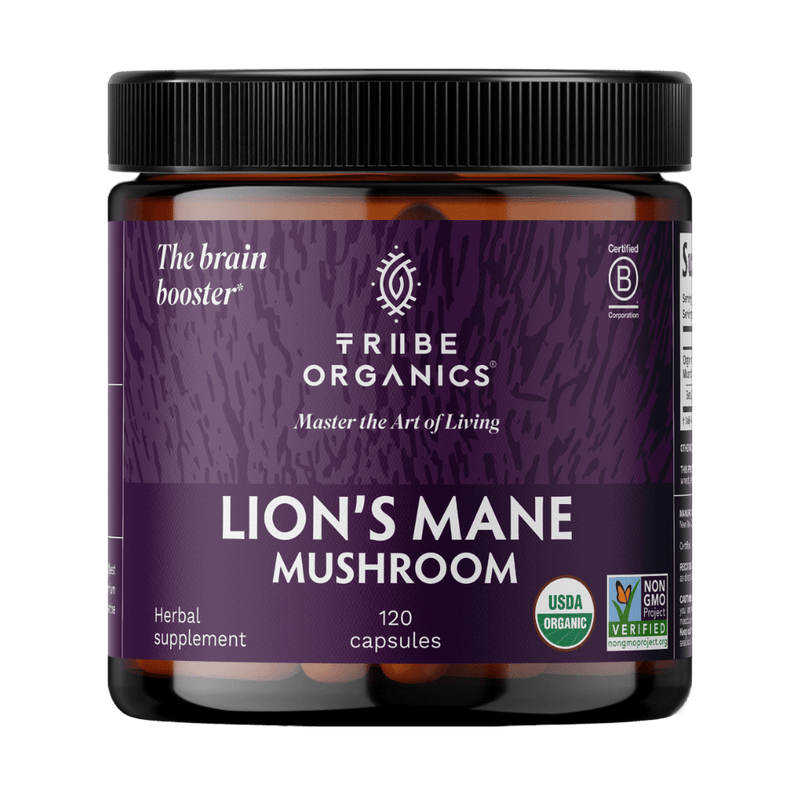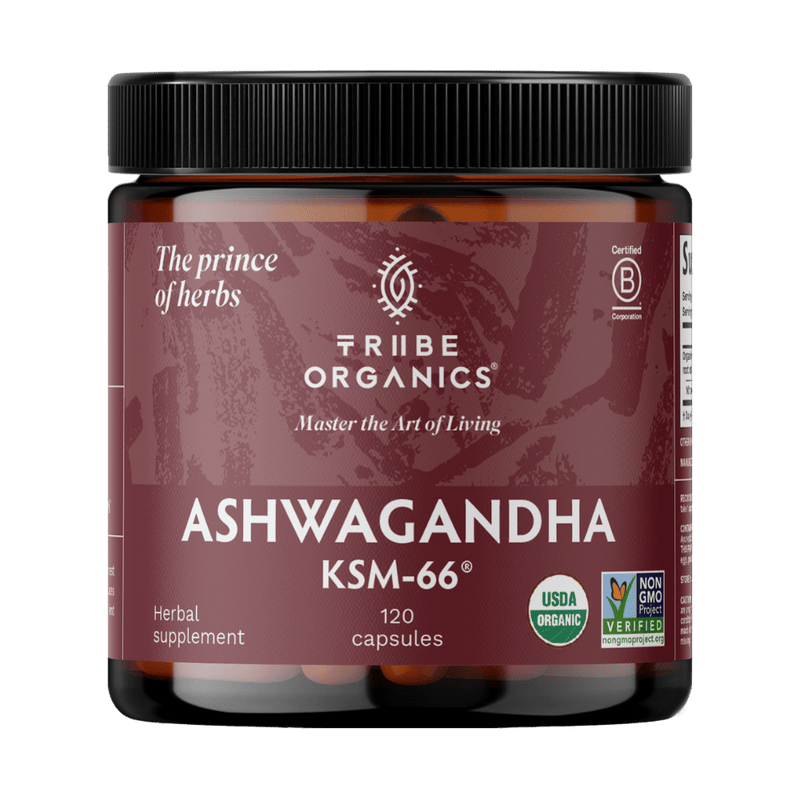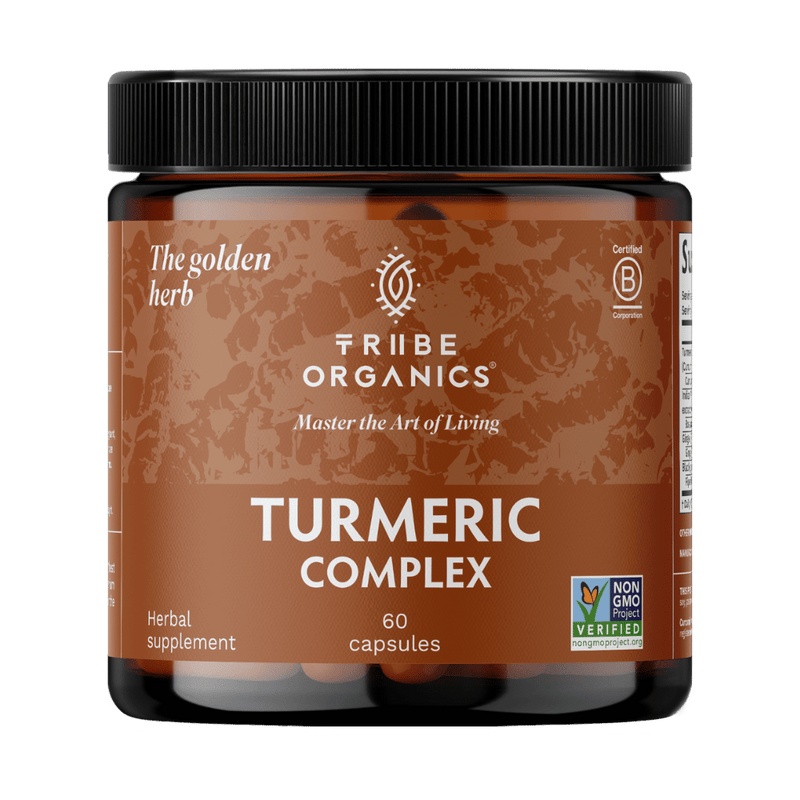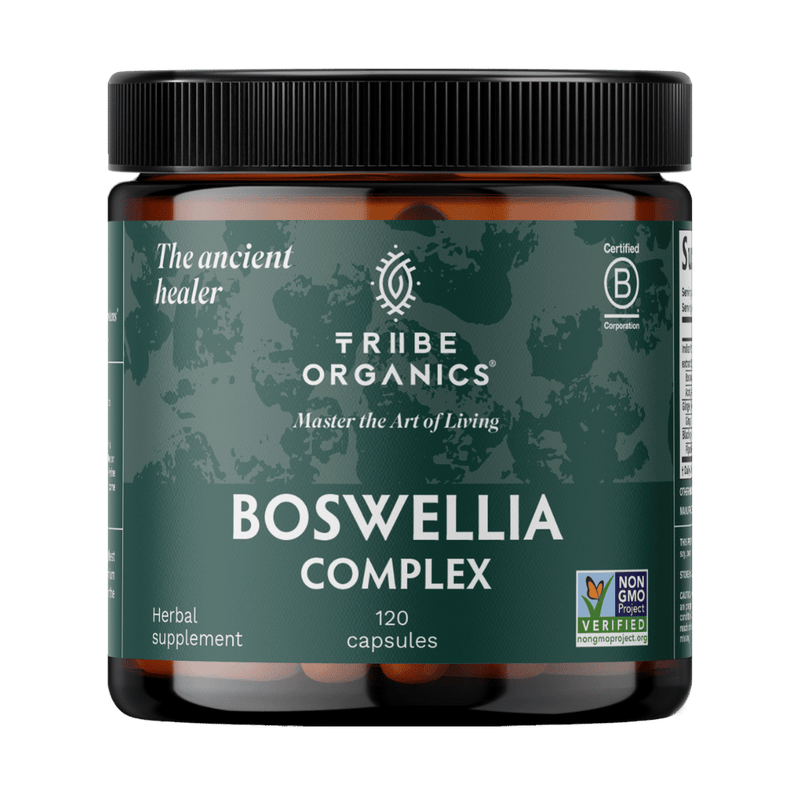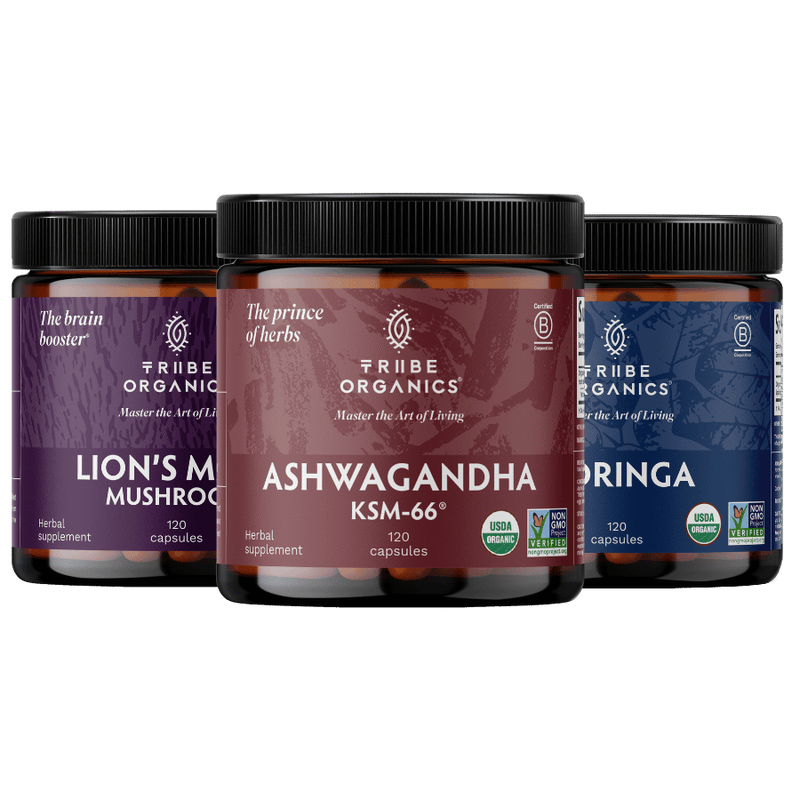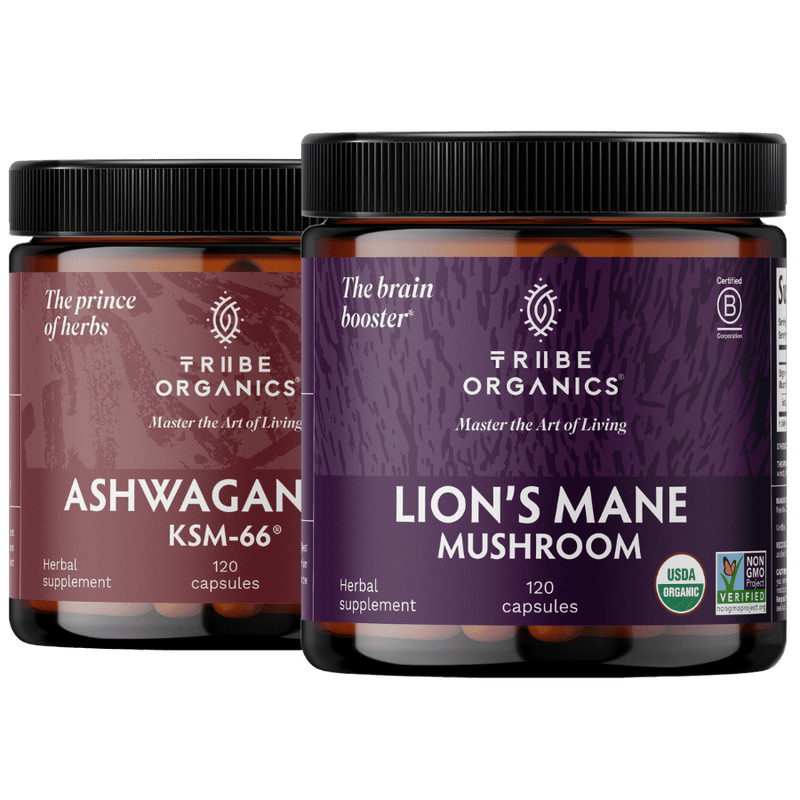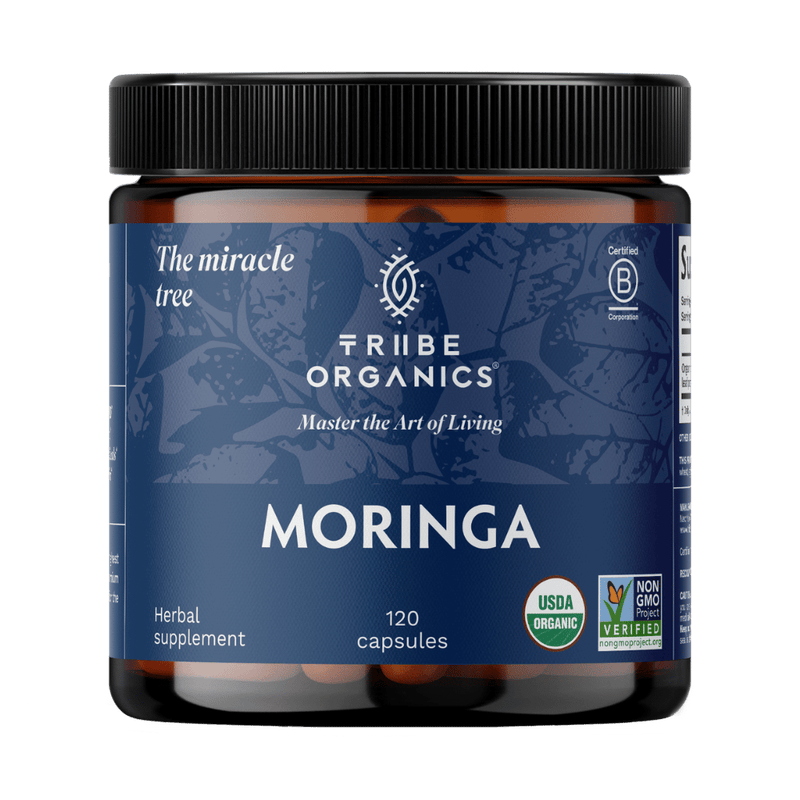Key Takeaways
- Ashwagandha can interact dangerously with diabetes medications, blood pressure drugs, sedatives, immunosuppressants, and thyroid hormone medications
- People with autoimmune diseases, such as multiple sclerosis, lupus, or rheumatoid arthritis, should avoid using ashwagandha due to its potential to exacerbate these conditions
- Stop taking ashwagandha at least 2 weeks before any scheduled surgery due to central nervous system effects
- Always consult your healthcare provider before combining ashwagandha with any prescription medications
- While generally safe for up to 3 months, ashwagandha can cause serious liver damage in rare cases
Ashwagandha, scientifically known as withania somnifera, has emerged as one of the most popular herbal supplements in the wellness industry. This evergreen shrub found primarily in India and parts of Africa, also known as indian ginseng or winter cherry, promises to help the body manage stress, improve anxiety, fight fatigue, and increase stamina. However, beneath its reputation as a powerful adaptogen lies a complex web of drug interactions and contraindications that many users remain unaware of.
Clinical trials have revealed that this ancient herb can significantly alter how certain medications work in your body, sometimes with life-threatening consequences. Understanding these ashwagandha drug interactions and contraindications isn’t just important—it’s essential for anyone considering this herbal supplementation or currently taking ashwagandha alongside other drugs.
Major Drug Interactions with Ashwagandha
The mechanism behind ashwagandha drug interactions primarily involves the herb’s ability to influence multiple physiological systems simultaneously. As an evergreen shrub with potent bioactive compounds, ashwagandha may affect liver enzyme metabolism, though this pathway remains less documented than its direct pharmacodynamic effects. Research suggests that ashwagandha may help lower cortisol levels in the blood, which contributes to its stress-reducing properties. The herb’s withanolides—its primary active constituents—can enhance, diminish, or unpredictably alter the effects of certain medications through several pathways.
Drug interactions with ashwagandha fall into moderate to severe risk categories, with some combinations requiring immediate medical intervention. The timeline for these interactions varies, but effects typically begin within hours of concurrent use and can persist for 1-2 weeks after discontinuation due to the herb’s influence on various body systems.
Healthcare providers classify these interactions based on their potential to cause harm, with the most serious involving medications that affect blood sugar levels, blood pressure, central nervous system function, and immune system activity.
Blood Sugar and Diabetes Medications
Ashwagandha’s ability to lower blood sugar levels creates a particularly dangerous interaction profile with diabetes medications. Research demonstrates that the herb can improve insulin sensitivity and glucose metabolism, which sounds beneficial but becomes problematic when combined with medications specifically designed to lower blood sugar. Additionally, some studies indicate that ashwagandha may increase muscle strength and endurance, which has made it popular among fitness enthusiasts, though this benefit does not mitigate its risks for diabetic patients.
Patients taking metformin, insulin, glipizide, or glyburide face significant risk of severe hypoglycemia when using ashwagandha supplements. Clinical case studies document blood sugar drops requiring emergency treatment, with some patients experiencing glucose levels below 40 mg/dL—a potentially life-threatening condition.
The mechanism involves ashwagandha’s enhancement of insulin sensitivity combined with the medication’s glucose-lowering effects, creating an additive impact that can overwhelm the body’s natural glucose regulation. Patients taking ashwagandha with diabetes medications require increased blood glucose testing frequency, often monitoring levels multiple times daily rather than the standard once or twice.

Healthcare providers strongly recommend against combining ashwagandha with any diabetes medications without strict medical supervision. Even with monitoring, the unpredictable nature of this interaction makes safer alternatives exist for stress management in diabetic patients.
Blood Pressure Medications
The herb’s capacity to lower blood pressure creates serious interaction risks with antihypertensive medications. Ashwagandha affects blood pressure through multiple mechanisms, including its impact on cortisol levels and direct cardiovascular effects, making it potentially dangerous for anyone taking blood pressure medications. While ashwagandha may help lower blood pressure, more research is needed to fully understand its effects and ensure its safe use in individuals with hypertension.
ACE inhibitors like lisinopril, beta-blockers such as metoprolol, and calcium channel blockers including amlodipine all carry interaction risks when combined with ashwagandha. The primary concern involves severe hypotension—dangerously low blood pressure that can cause fainting, falls, and inadequate blood flow to vital organs.
Patients must monitor their blood pressure closely when any combination is considered, though medical experts generally advise against such combinations entirely. The interaction can manifest as dizziness, weakness, fatigue, and in severe cases, shock requiring emergency medical intervention.
For individuals with high blood pressure, ashwagandha may seem appealing as a natural alternative, but its unpredictable effects when combined with prescription medications make it an inappropriate choice without professional medical guidance.
Sedative and Central Nervous System Medications
Perhaps the most immediately dangerous drug interactions involve sedative medications and other central nervous system depressants. Ashwagandha’s natural sedating properties can dramatically enhance the effects of benzodiazepines, sleep aids, and other CNS-active drugs.
Medications like lorazepam, diazepam, alprazolam, zolpidem, and eszopiclone become significantly more potent when combined with ashwagandha root extract. This enhancement isn’t simply additive—it can be synergistic, meaning the combined effect exceeds what would be expected from adding the individual effects together.
The risks include profound sedation, respiratory depression, impaired motor function, and in severe cases, coma. Elderly patients face particularly high risks due to age-related changes in drug metabolism and increased sensitivity to sedating effects.
Antidepressants and mood stabilizers also carry interaction potential, though the mechanisms and severity vary by medication class. The herb’s impact on neurotransmitter systems, particularly GABA, can alter the effectiveness and safety profile of psychiatric medications.
Who Should Never Take Ashwagandha: Complete Contraindications
Understanding absolute versus relative contraindications helps healthcare providers and patients make informed decisions about ashwagandha use. Absolute contraindications represent conditions where ashwagandha should never be used due to serious health risks, while relative contraindications require careful risk-benefit analysis.
The risk assessment framework considers individual patient factors, concurrent medications, underlying health conditions, and the availability of safer alternatives. Documentation requirements for medical records should include detailed supplement histories and interaction assessments.
Autoimmune Diseases
People with autoimmune diseases face significant risks from ashwagandha due to its immune system stimulating properties. The herb can worsen autoimmune activity by enhancing immune responses that are already overactive in conditions like multiple sclerosis, rheumatoid arthritis, and lupus.
The mechanism involves ashwagandha’s ability to increase lymphocyte activity and cytokine production, directly opposing the therapeutic goals of autoimmune disease management. Clinical case reports document disease flare-ups linked to ashwagandha use, with some patients experiencing severe exacerbations requiring hospitalization.
For patients with autoimmune conditions, safer alternatives for stress management include meditation, cognitive behavioral therapy, and other adaptogens with less immune-stimulating activity. The potential benefits of ashwagandha for stress reduction cannot justify the risks of triggering autoimmune flares.

Pregnancy and Breastfeeding
Pregnant women must avoid ashwagandha due to documented miscarriage risks throughout pregnancy. Animal studies and human case reports indicate the herb can cause uterine contractions and may have abortifacient effects, particularly dangerous during the first and second trimesters.
The herb’s effects on fetal development remain unknown, and its impact on breast milk composition has not been adequately studied. Given the critical importance of maternal and fetal safety, no potential benefits justify the risks associated with ashwagandha use during pregnancy or breastfeeding.
Alternative safe stress management options during pregnancy include prenatal yoga, massage therapy, counseling, and lifestyle modifications. Healthcare providers typically recommend waiting at least until after breastfeeding is complete before considering ashwagandha supplementation.
Liver Disease and Hepatic Conditions
Individuals with liver disease, including hepatitis, cirrhosis, and fatty liver disease, should avoid ashwagandha due to the risk of liver damage. While rare, severe cases of drug-induced liver injury requiring liver transplantation have been reported with ashwagandha use.
The herb can affect liver enzyme levels and may exacerbate existing hepatic conditions. Patients with compromised liver function lack the metabolic capacity to process ashwagandha safely, increasing the risk of toxic accumulation and subsequent liver injury.
When liver function is already compromised, even small amounts of potentially hepatotoxic substances can cause disproportionate damage. Liver enzyme monitoring protocols may not provide adequate early warning in patients with pre-existing liver disease.
Immunosuppressant and Thyroid Medication Interactions
The interaction between ashwagandha and immunosuppressant medications represents one of the most clinically significant drug interaction categories. Transplant recipients taking medications like cyclosporine and tacrolimus face particular risks, as ashwagandha’s immune-stimulating effects can directly undermine immunosuppressive therapy.
This interference increases the risk of transplant rejection, a potentially life-threatening complication that can occur when the immune system attacks transplanted organs. The mechanism involves ashwagandha’s ability to enhance immune cell activity and inflammatory responses that immunosuppressants are specifically designed to control.
Corticosteroids like prednisone also interact with ashwagandha, as the herb can counteract the anti-inflammatory effects these medications provide for various conditions. Patients with inflammatory conditions may experience worsening symptoms when ashwagandha stimulates the same immune pathways that corticosteroids suppress.
Thyroid hormone medications present another critical interaction category. Ashwagandha can increase thyroid hormone levels, potentially causing thyrotoxicosis in patients taking thyroid hormone replacement therapy like levothyroxine or armour thyroid. Clinical case reports document patients developing symptoms of hyperthyroidism—including rapid heartbeat, anxiety, and weight loss—when combining ashwagandha with thyroid hormones.
The mechanism involves ashwagandha’s stimulation of thyroid function, which can be problematic for patients whose thyroid hormone levels are carefully regulated through medication. Even small increases in thyroid hormone production can push patients from therapeutic levels into toxic ranges.
Hepatotoxic Drug Combinations
The combination of ashwagandha with other potentially liver-damaging medications creates multiplicative risks for hepatotoxicity. Acetaminophen, one of the most commonly used over-the-counter pain relievers, becomes significantly more dangerous when combined with ashwagandha supplements.
Both substances can stress liver function, and their combined use may overwhelm the liver’s detoxification capacity. This interaction is particularly concerning because many people don’t consider over-the-counter medications when evaluating supplement safety.
Statins like atorvastatin and simvastatin also carry enhanced liver injury risks when used with ashwagandha. These cholesterol-lowering medications already require liver function monitoring, and adding ashwagandha to the regimen increases the complexity of safely managing potential hepatotoxicity.
Antifungal medications represent another category where combined hepatotoxicity concerns arise. Healthcare providers must carefully weigh the risks and benefits of any combination involving potentially hepatotoxic drugs and ashwagandha.

Side Effects and Safety Monitoring
Common side effects of ashwagandha include stomach upset, diarrhea, and nausea, typically occurring within the first few days of use and often resolving as the body adjusts. However, these mild symptoms can mask more serious adverse effects that require immediate medical attention.
Serious adverse effects include signs of liver toxicity such as abdominal pain, unusual fatigue, yellowing of skin or eyes, and dark urine. These symptoms warrant immediate discontinuation and emergency medical evaluation, as they may indicate drug-induced liver injury.
Can ashwagandha interact with over-the-counter medications and supplements? Yes, ashwagandha can interact with OTC medications like acetaminophen (increasing liver damage risk), sleep aids, and other herbal supplements. Always inform your pharmacist and doctor about all OTC products you use, as these interactions can be just as serious as prescription drug interactions. Additionally, ashwagandha has been shown to result in small improvements in sleep quantity and quality, which may make it appealing for individuals seeking natural sleep aids, though caution is still advised.
Weight gain, hair loss, and changes in testosterone levels represent additional concerns that require monitoring, particularly in individuals with hormonal sensitivities or certain cancers that may be hormone-sensitive. Ashwagandha may increase testosterone levels, which could negatively impact individuals with prostate cancer, highlighting the need for careful consideration and medical guidance before use.
Pre-Surgery Considerations
The 2-week discontinuation timeline before elective procedures stems from ashwagandha’s effects on the central nervous system and its potential to interact with anesthesia. The herb can prolong sedation effects and complicate anesthesia management during surgical procedures.
Anesthesiologists need complete information about all supplements and medications to safely manage anesthesia, as ashwagandha can affect how the body responds to sedative medications used during surgery. The interaction risks include prolonged recovery time, respiratory depression, and unpredictable responses to anesthetic agents.
Emergency surgery protocols become complicated when patients cannot discontinue ashwagandha beforehand. Healthcare teams must adjust anesthetic protocols and monitoring based on the patient’s recent ashwagandha use, requiring specialized expertise and heightened vigilance.
Post-surgical resumption guidelines typically recommend waiting until full recovery from anesthesia and any prescribed post-operative medications before restarting ashwagandha. This timeline ensures that healing processes aren’t compromised by potential interactions.
Safe Usage Guidelines and Dosage Considerations
Maximum recommended doses of ashwagandha typically range up to 1000mg daily for periods not exceeding 12 weeks. However, these guidelines apply only to healthy individuals without contraindications and not taking interacting medications.
Starting dose protocols for individuals at risk of medication interactions should involve much lower initial doses with gradual increases under medical supervision. This approach allows for early detection of adverse effects or interactions before they become serious.
Quality control becomes critically important when choosing ashwagandha root supplements, as product purity and potency can vary significantly between manufacturers. Third-party testing helps ensure that supplements contain the stated amount of active ingredients without harmful contaminants like heavy metals or adulterants.
Healthcare provider consultation requirements become non-negotiable for anyone taking prescription medications, regardless of their perceived health status. The complexity of potential interactions requires professional medical assessment that considers individual risk factors and medication regimens.

Monitoring and Follow-up Protocols
Baseline laboratory work should include liver function tests, thyroid function panels, and glucose levels for anyone beginning ashwagandha supplementation. These tests establish normal values for comparison and help detect early changes that might indicate adverse effects.
Follow-up testing schedules during ashwagandha use typically involve liver function monitoring at 4-6 week intervals for the first three months, with thyroid and glucose monitoring based on individual risk factors and concurrent medications. More frequent monitoring may be necessary for patients with multiple risk factors.
Warning signs requiring immediate discontinuation include persistent nausea, abdominal pain, unusual fatigue, changes in skin color, alterations in sleep patterns beyond the expected mild sedation, and any symptoms suggesting hypoglycemia or hypotension.
Documentation for healthcare providers about supplement use should include specific product information, dosage, duration of use, and any observed effects. This information helps medical teams make informed decisions about treatment plans and potential interactions.
The cognitive function benefits often attributed to ashwagandha must be weighed against these safety considerations. While some people report improved mental clarity and reduced anxiety, these potential benefits rarely justify the risks in individuals with significant health conditions or those taking multiple medications.
Understanding that safer alternatives exist for most of ashwagandha’s purported benefits helps put the risk-benefit analysis in perspective. Stress management, anxiety reduction, and energy enhancement can often be achieved through lifestyle modifications, other herbal products with better safety profiles, or conventional treatments with well-established safety data.
For individuals seeking to reduce swelling, improve sleep, or address generalized anxiety disorder, working with healthcare providers to identify appropriate treatments ensures both effectiveness and safety. The allure of natural solutions shouldn’t overshadow the importance of evidence-based safety considerations.
The research supporting ashwagandha’s benefits, while promising in many areas, doesn’t negate the well-documented risks of drug interactions and contraindications. J ther and other medical journals continue to publish case reports highlighting serious adverse effects, emphasizing the need for continued vigilance and professional oversight.
As noted by researchers like george l and benny ir, the gap between traditional use and modern pharmaceutical interactions requires careful navigation. While ancient wisdom provides valuable insights, contemporary medication regimens create interaction potentials that didn’t exist in traditional usage contexts.
Frequently Asked Questions
Shop best sellers
Explore our collection of favorite items that have gained popularity for their quality and satisfaction.



